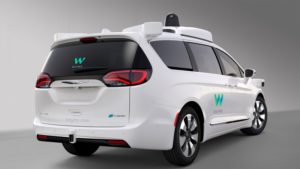
Waymo is testing self-driving vehicles. Photo: Waymo
When automakers look at the future, the only thing they can say for certain is that there’s no certainty.
But if Ford Executive Chairman Bill Ford Jr. is to be believed, his company isn’t even going to be that specific.
On Halloween, Ford talked to reporters after a speech to the Economic Club of Detroit. And, according to Bloomberg, here’s what he said.
“In the past, maybe we said too much,” Bill Ford said Tuesday. “This is a very competitive world we’re in. You want to give Wall Street enough information, but you also don’t want to telegraph exactly where you’re going. And I think that’s a balance that we are going to continue to work on.”
However, something else happened out west that was a little more transparent. Waymo, the self-driving car division of Alphabet (parent company of Google), invited a select group of automotive and technology journalists to Castile, a former U.S. Air Force base in California that the company has been using since 2012.
There, the journalists were allowed to ride in a self-driving Chrysler Pacifica. Verge said the event marked a shift for the previously tight-lipped company, which hasn’t given out much information about how it has been conducting its autonomous testing. As Verge reported.
Waymo is intent on showing that its test cars are able to handle the complicated, complex, and increasingly dangerous task of navigating a two-ton machine on public roads. Not only that, but they can do it more efficiently than humans. Waymo appears to be moving toward making the flesh-and-blood driver obsolete.
To be sure, both companies have good reasons for the positions they’ve taken. Ford has been punished by Wall Street and investors ever since it began talking about becoming a mobility company, rather than one that primarily sells cars and trucks.
After its new CEO Jim Hackett spoke with analysts in October, a number complained that he did not give them enough details. Two analysts cut their ratings on Ford stock. Only five analysts recommend buying the shares, while 19 tracked by Bloomberg rated them a hold and two advised selling.
That’s the kind of thing that makes corporate boards panic, unless those boards are firmly behind the direction that the company is taking. So, it’s easy to understand why Bill Ford would rather close the blinds.
But just as Bill Ford is turning that plastic rod, Waymo seems to be saying, “Okay, we’re ready for you to see it.” That’s to its advantage, because somebody, among the sea of companies developing self-driving technology, is going to hit on the formula that will make self-driving vehicles embraceable by fleets and by the public. (I’m betting the first comes, well, first.)
A great big sea change is headed for the car companies, in terms of the vehicles they produce and the people who buy them — or don’t own them, but simply drive them when they need them.
As much as the automakers might be tempted to pull their collective comforters over their heads and pretend none of this is happening, they can’t.
There’s a great example in what happened in the market for hybrid-electric vehicles. When the Toyota Prius went on sale in Japan and subsequently the United States, it was dismissed as a toy, the same way that Tesla’s vehicles initially were dismissed as playthings for the rich.
But, Prius sales grew incrementally, then gained popular acceptance, and now global sales of Toyota hybrids are closing in on 10 million vehicles worldwide. The Prius is so ubiquitous that hardly anyone gives it a second glance any more. All those fears that its batteries might die and strand motorists were essentially for naught.
By the time Detroit automakers realized that hybrids could actually appeal to customers, it was too late. To consumers, there was one hybrid, and it was the Prius.
That’s what could happen with self-driving vehicles, too. It’s still early, and all manner of regulations, local and federal, are going to be needed before they become as unremarkable as the Prius is now.
However, to be part of the conversation, about self-driving cars, electric vehicles or anything else, a car company has to actually speak up. Journalists have space in newspapers, time on broadcasts, and pages on the Web to fill.
If there’s a company talking about the future, and one that isn’t, you can guess which one will get the most prominent mention.
“The key is providing clarity when we’re ready so that investors can make an informed decision,” Bill Ford told reporters.
But, his “ready” might be much different than investors’ “ready” or consumers’ “ready.” The best strategy is to just keep talking, and keep guiding customers to the future. Otherwise, they might get there without you.

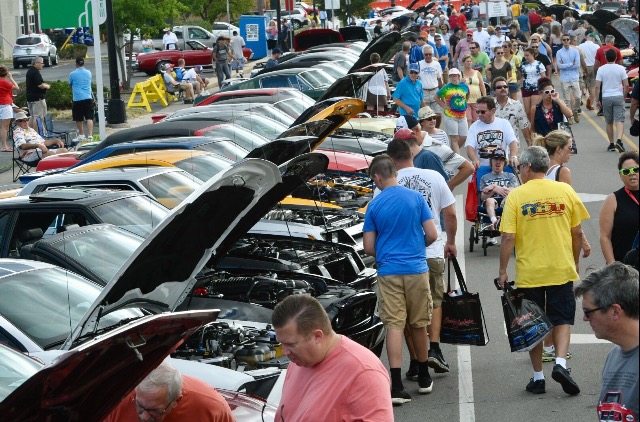
 Curbing Cars readers: we’d like your insight. We’d love to know how you’re getting around and how you plan to get around in the future.
Curbing Cars readers: we’d like your insight. We’d love to know how you’re getting around and how you plan to get around in the future.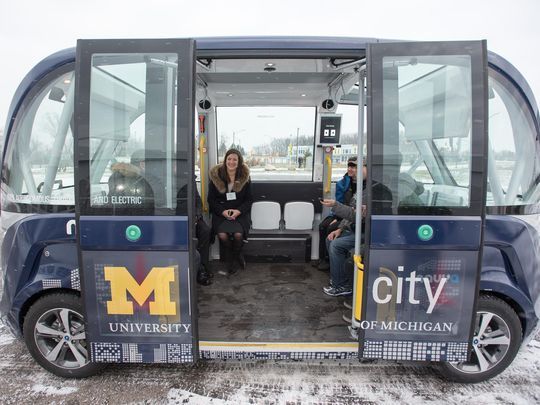
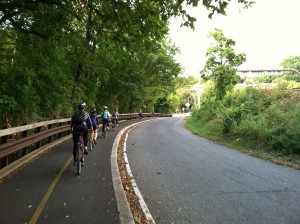
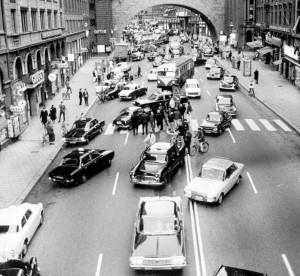
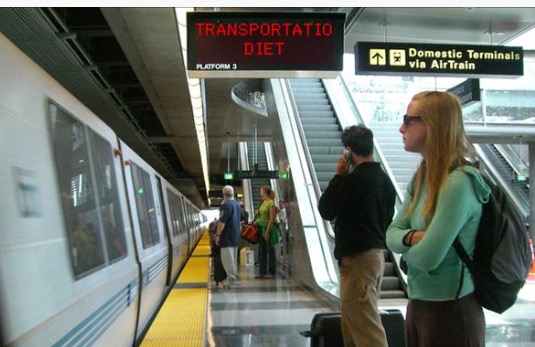
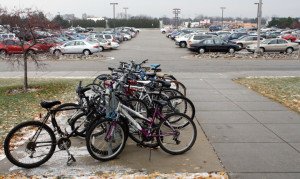 Summer is underway, and we’d like to hear from you. What is your transportation diet these days?
Summer is underway, and we’d like to hear from you. What is your transportation diet these days?